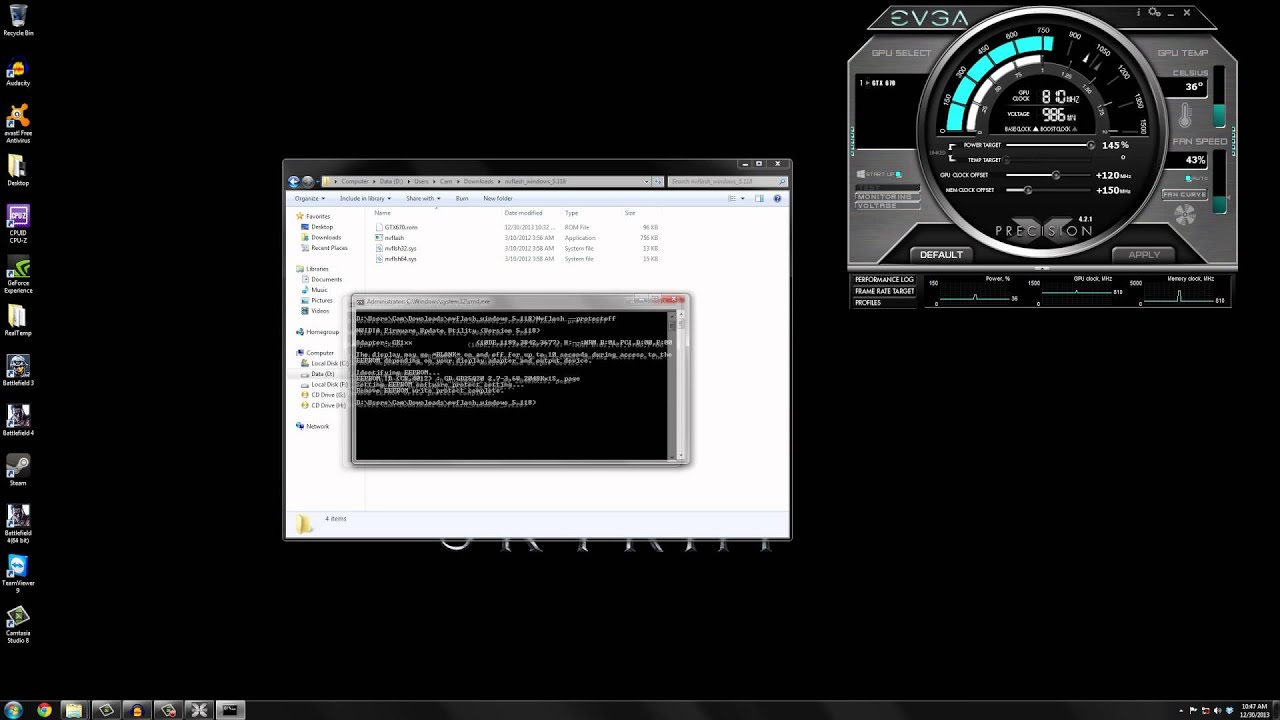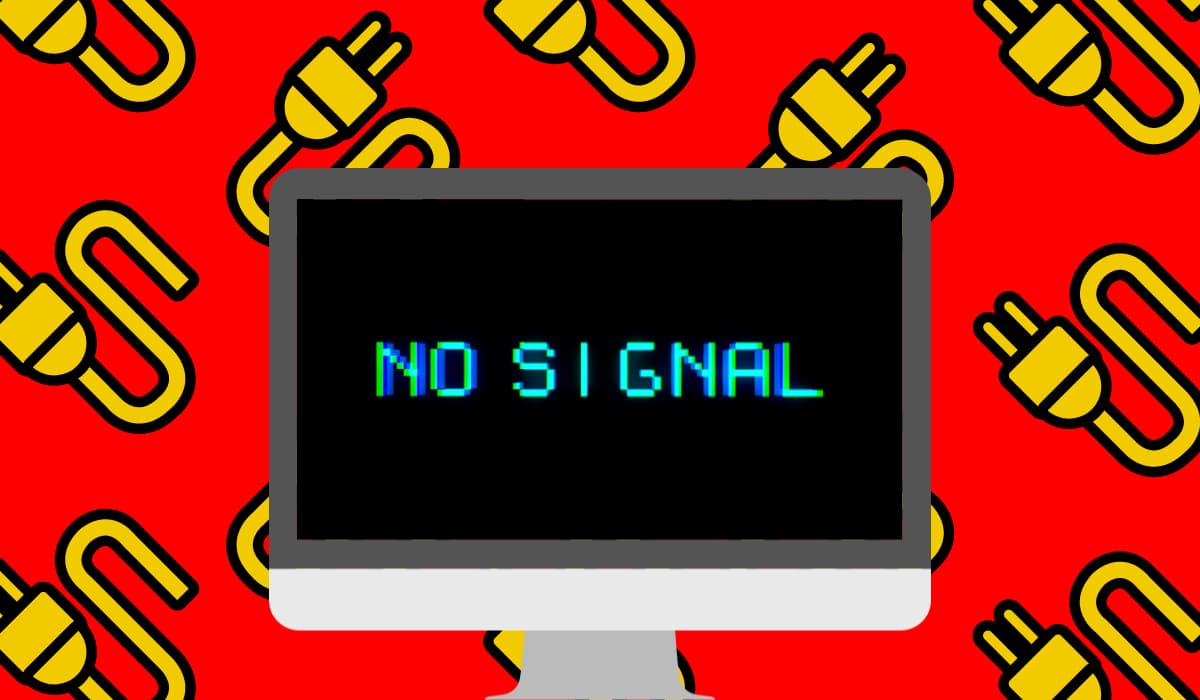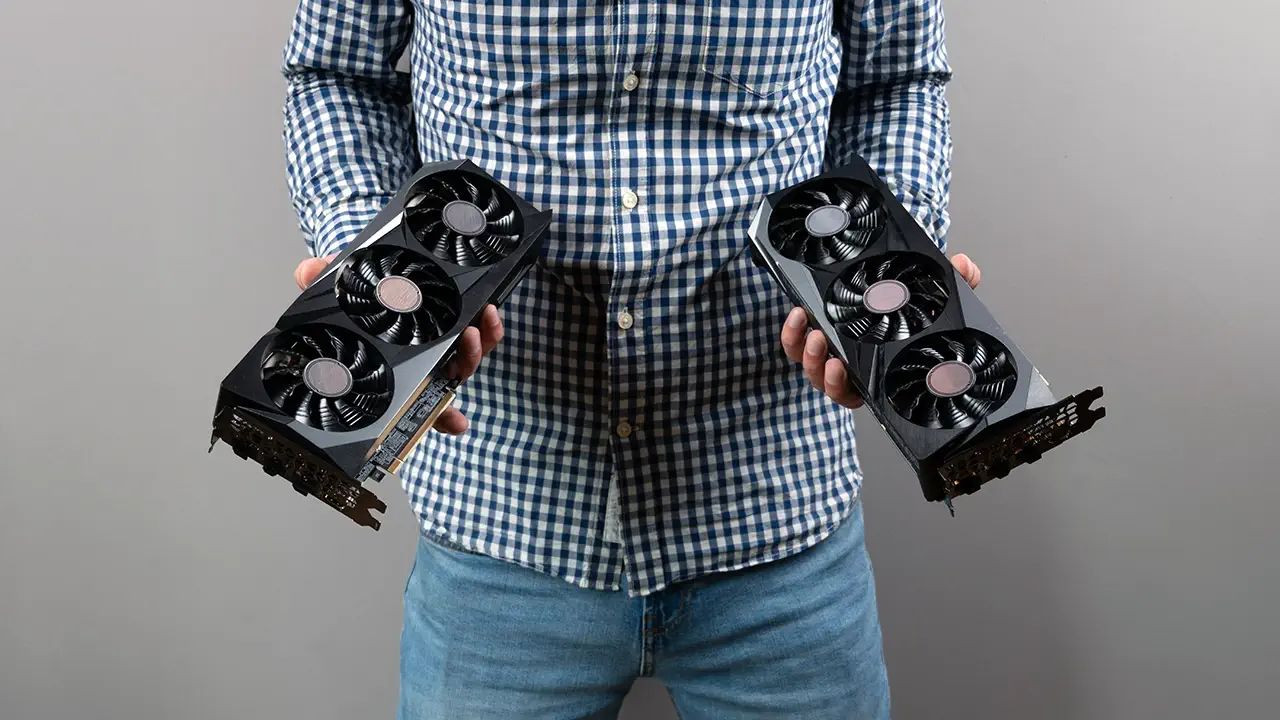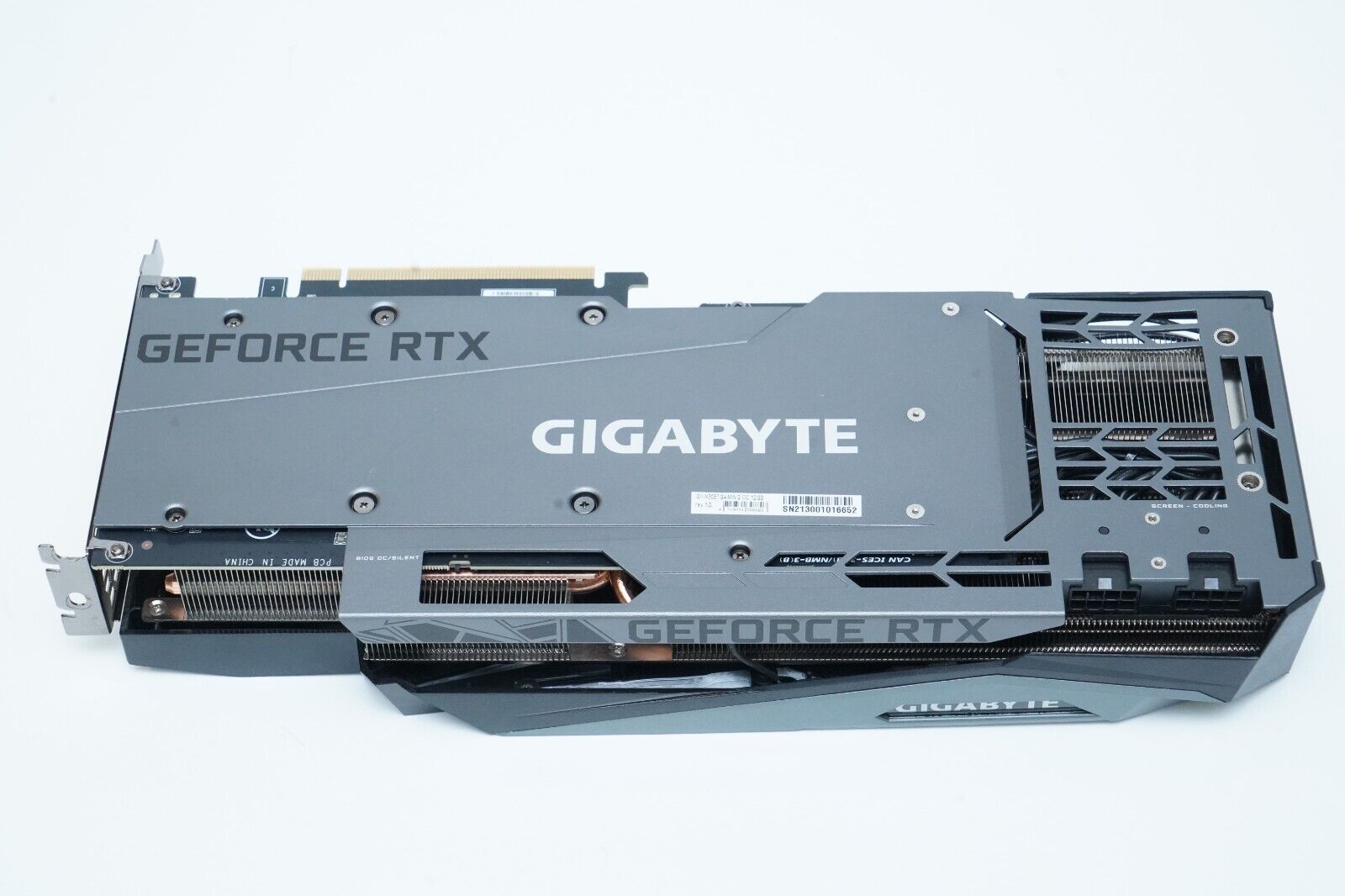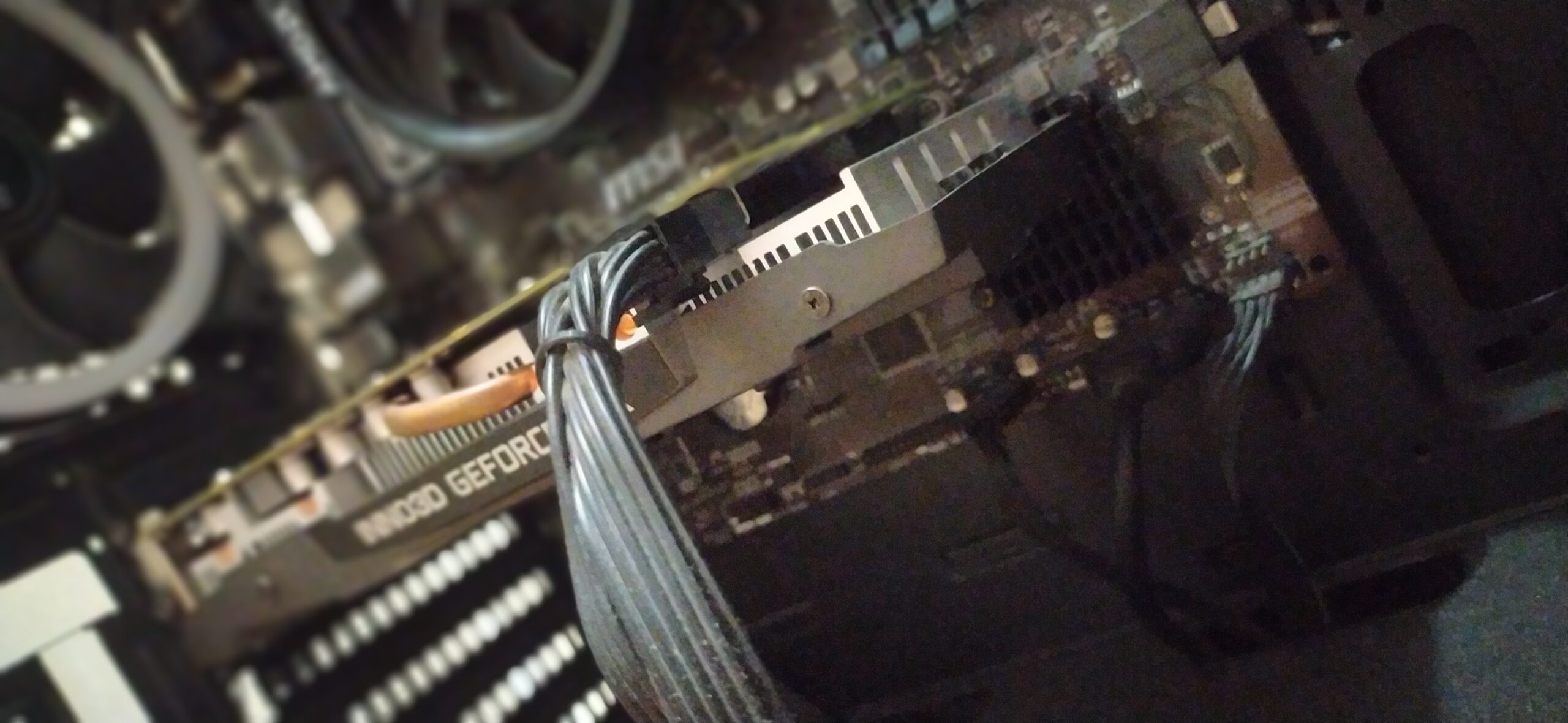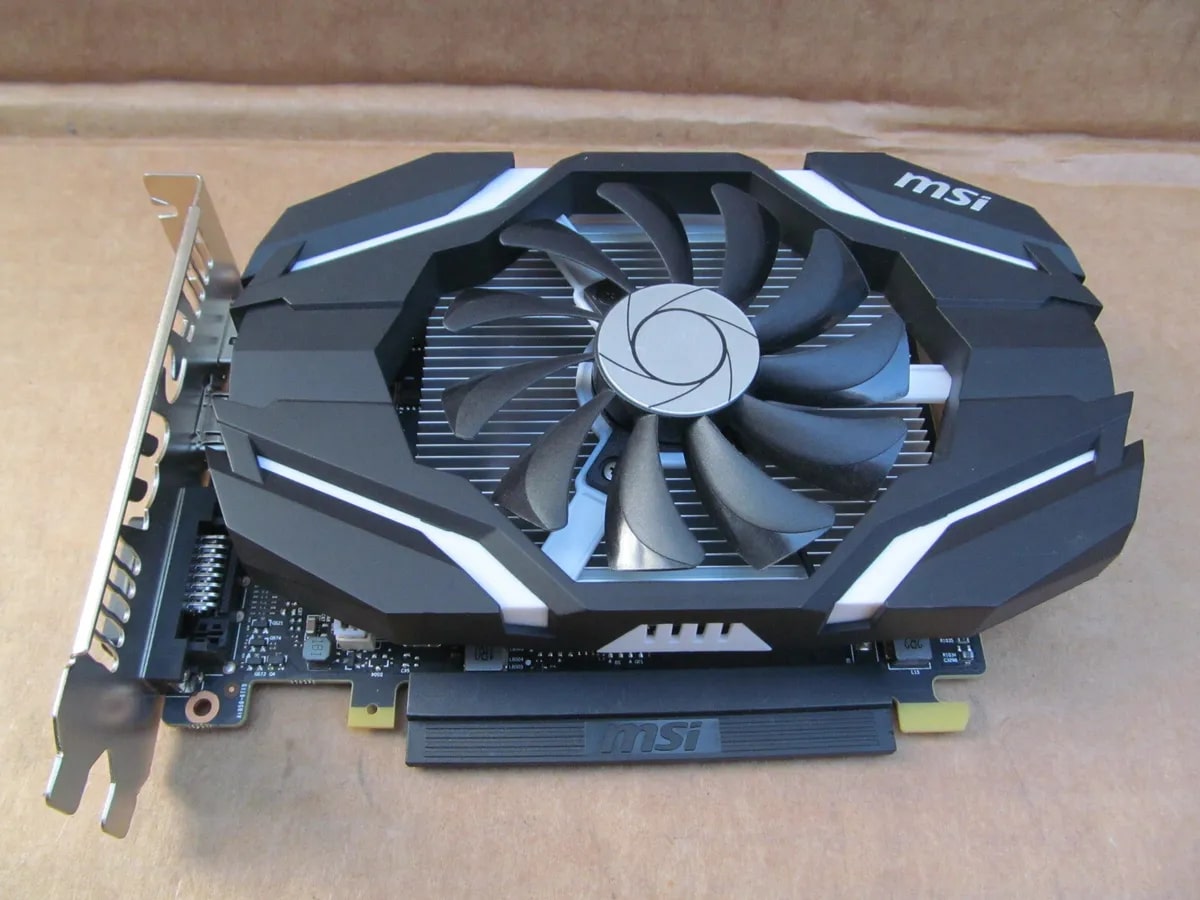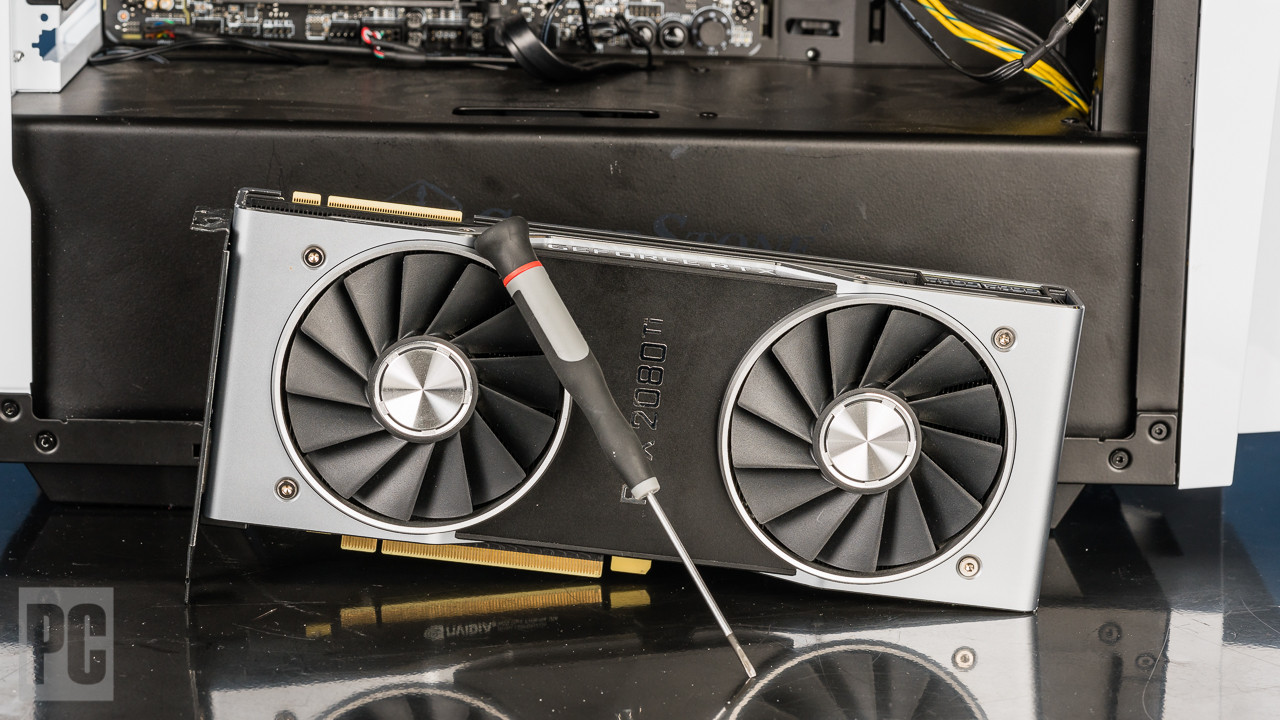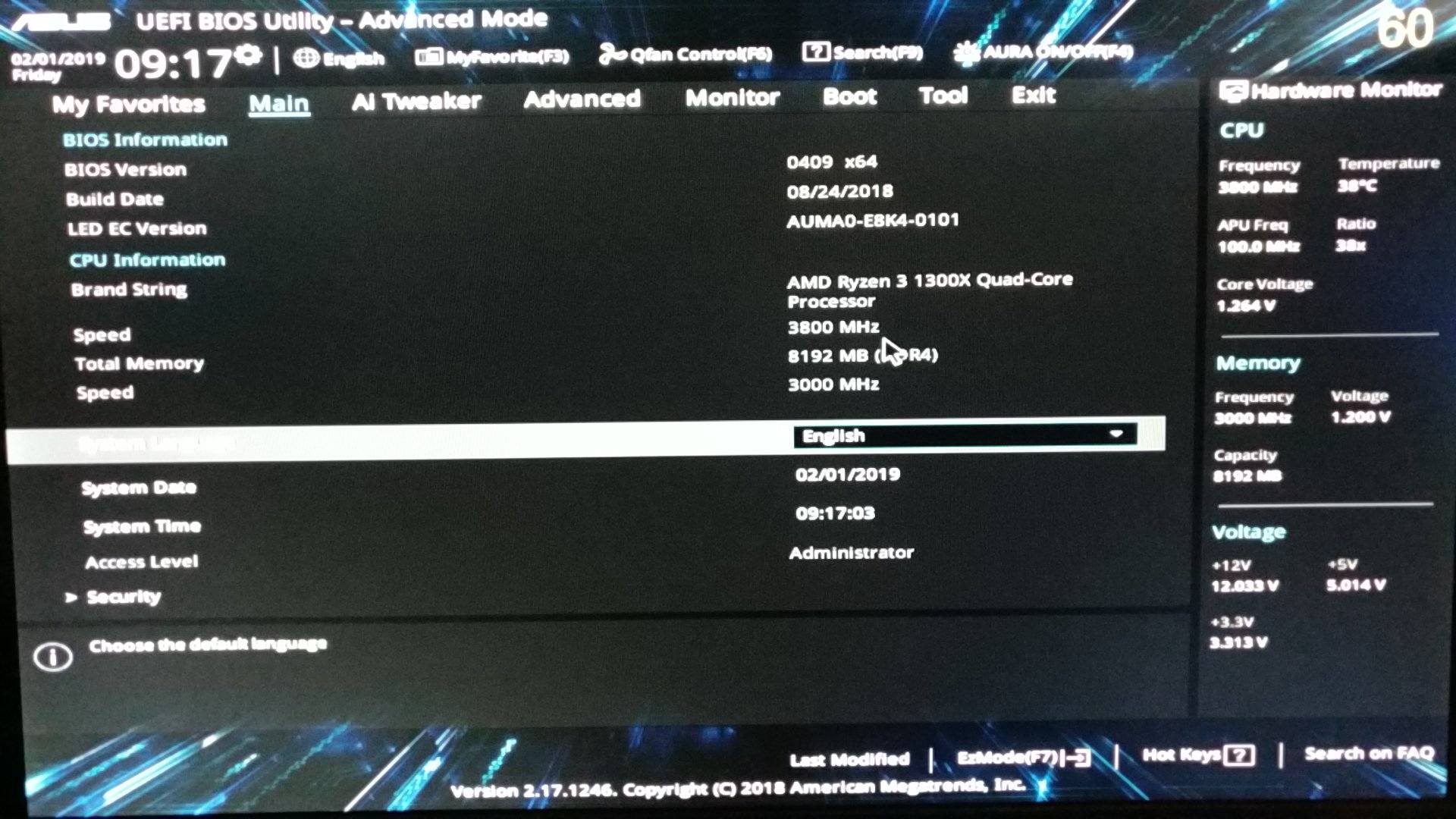Introduction
Updating the BIOS on your GPU (Graphics Processing Unit) is an important task to keep your graphics card up to date and functioning optimally. The BIOS, or Basic Input/Output System, is firmware that controls the hardware of your GPU and allows it to communicate with the operating system.
GPU manufacturers periodically release BIOS updates to improve performance, fix bugs, or add new features. By updating the BIOS, you can ensure that your GPU is running on the latest and most stable version of its firmware.
In this article, we will guide you through the process of updating the BIOS on your GPU, step by step. We will also cover some precautions you should take before proceeding and troubleshoot common issues that may arise during the BIOS update process.
Before we dive into the details, it’s important to note that updating the BIOS on your GPU carries some risks. If not done correctly, it could potentially damage your graphics card beyond repair. Therefore, it is crucial to follow the instructions carefully and proceed with caution.
So, if you’re ready to take control of your GPU’s performance and ensure it is running at its best, let’s get started with understanding what the BIOS is and why you may need to update it.
What is BIOS?
The BIOS, or Basic Input/Output System, is a crucial component of any computer system, including GPUs. It is low-level firmware that resides on a small chip on the GPU’s circuit board. The BIOS acts as the bridge between the hardware components of the GPU and the operating system.
The main function of the GPU’s BIOS is to initialize the hardware components and provide them with the necessary instructions to boot up and operate correctly. It handles tasks such as power management, memory allocation, and basic input/output operations. Without the BIOS, the GPU would not be able to communicate with the operating system and function properly.
The BIOS also contains various settings and configurations that can be accessed and modified by the user. These settings include options for adjusting clock speeds, voltage levels, fan curves, and other parameters that can affect the performance and behavior of the GPU.
In addition to these essential functions, the BIOS can also be responsible for controlling special features and functionalities of the GPU. It may provide support for advanced technologies like overclocking, virtual reality, or ray tracing. GPU manufacturers often release BIOS updates to improve these features, address compatibility issues, or add support for new technologies that were not available when the GPU was initially released.
Updating the BIOS of your GPU allows you to take advantage of these improvements and ensure that your GPU is running on the latest firmware, unlocking its full potential and ensuring optimal performance in the latest games and applications.
However, it is essential to note that updating the BIOS should only be done if there is a specific need or issue that requires it. If your GPU is functioning correctly and you are not experiencing any problems or limitations, it is generally recommended to avoid updating the BIOS unnecessarily. This is because there is always a slight risk involved in the update process, and if not done correctly, it can result in a bricked GPU that may not be recoverable.
Now that we understand the role of the BIOS in a GPU system, let’s explore the reasons why you may need to update the BIOS and how to do it safely.
Why would you need to update the BIOS on your GPU?
Updating the BIOS on your GPU can bring several benefits and address various reasons why you might consider it. Here are some common situations where updating the BIOS is recommended:
- Improved Performance: GPU manufacturers often release BIOS updates that include optimizations and tweaks to improve the performance of their graphics cards. These updates may include faster clock speeds, improved memory timings, and enhanced power management. By updating the BIOS, you can potentially unlock increased performance in your GPU, resulting in smoother and more responsive gameplay.
- Bug Fixes: Just like any software, the BIOS can contain bugs or glitches that might affect the stability or functionality of your GPU. Manufacturers release BIOS updates to address these issues and provide fixes for known bugs. If you are experiencing crashes, artifacts, or other abnormalities with your GPU, updating the BIOS might resolve these problems and provide a more stable computing experience.
- New Features and Technologies: GPU manufacturers constantly introduce new features and technologies to enhance the gaming and graphics experience. These features may include support for advanced rendering techniques, improved VR (Virtual Reality) compatibility, or better support for software APIs. Updating the BIOS allows you to unlock and take advantage of these new features, ensuring you have the latest capabilities available for your GPU.
- Compatibility Issues: In some cases, your GPU may not be fully compatible with certain hardware or software configurations due to limitations in the existing BIOS. Manufacturers release BIOS updates to address compatibility issues and ensure smooth operation with the latest motherboards, processors, and other components. If you are planning to upgrade your system or encounter compatibility problems, updating the BIOS can help resolve these issues.
It is important to note that updating the BIOS is not always necessary or recommended. If your GPU is functioning properly and you are not experiencing any issues or limitations, it is generally best to avoid unnecessary BIOS updates. This is because the update process carries a small inherent risk, and if not performed correctly, it can lead to a bricked GPU.
Before proceeding with a BIOS update, it is crucial to research and ensure that the update is specifically intended for your GPU model. Always follow the manufacturer’s guidelines and instructions for updating the BIOS to minimize the risk of errors or hardware damage.
Next, we will walk you through a step-by-step guide on how to safely update the BIOS on your GPU.
Step by Step Guide to Updating the BIOS on Your GPU
Updating the BIOS on your GPU requires careful preparation and execution to ensure a successful update without any issues. Follow the steps below to safely update the BIOS on your GPU:
- Research and download the latest BIOS: Visit the official website of your GPU manufacturer and check for BIOS updates specific to your GPU model. Download the latest BIOS update to your computer.
- Backup your data: Before proceeding with the BIOS update, make sure to back up any critical data on your computer. While the chances of data loss during a BIOS update are minimal, it is always better to be safe and prepared for any unforeseen circumstances.
- Read the documentation: Review the documentation provided by your GPU manufacturer that accompanies the BIOS update. Pay close attention to any special instructions or precautions mentioned.
- Create a bootable USB drive: Most BIOS updates require you to boot your computer from a USB drive. Follow the instructions provided by your GPU manufacturer to create a bootable USB drive with the BIOS update files.
- Enter the BIOS setup: Restart your computer and enter the BIOS setup by pressing the designated key during the boot process. The specific key may vary depending on your computer manufacturer, but it is typically displayed on the boot screen.
- Find BIOS update utility: Within the BIOS setup, locate the option to update the BIOS. The option may be named differently depending on your motherboard manufacturer. Look for terms like “Flash BIOS,” “Update BIOS,” or “UEFI Firmware Update.”
- Select the BIOS update file: When prompted, select the BIOS update file that you downloaded earlier. Make sure to choose the correct file for your GPU model to avoid any compatibility issues.
- Initiate the BIOS update: Follow the on-screen instructions to initiate the BIOS update process. Be patient and do not turn off your computer or interrupt the process until it is completed.
- Restart the computer: Once the BIOS update is finished, restart your computer. Your GPU will now be running on the latest firmware version.
- Verify BIOS update: After restarting your computer, enter the BIOS setup again and check the BIOS version. It should match the version of the update you downloaded. This step is optional but recommended to ensure that the BIOS update was successful.
By following these steps carefully, you can safely update the BIOS on your GPU and enjoy the benefits of improved performance, bug fixes, new features, and enhanced compatibility.
However, it is important to note that not all GPUs support BIOS updates, and the process may vary slightly depending on the manufacturer and model. Always refer to the official documentation and guidelines provided by your GPU manufacturer for accurate and up-to-date instructions.
Now that you have updated the BIOS on your GPU, let’s discuss some precautionary measures you should take before proceeding with the update.
Precautions to Take Before Updating the BIOS
Updating the BIOS on your GPU is a sensitive process that requires careful attention and preparation. To ensure a smooth and successful update, it’s important to take the following precautions:
- Research and verify: Before proceeding with a BIOS update, thoroughly research and verify that the update is specifically intended for your GPU model. Using an incorrect BIOS update file can lead to irreparable damage to your graphics card.
- Backup your data: Although the chances of data loss during a BIOS update are minimal, it’s always a good practice to back up any critical data on your computer. This ensures you can restore your data in case of any unexpected issues during the update process.
- Ensure power stability: It’s crucial to make sure that your computer has a stable power supply throughout the BIOS update process. Sudden power outages or fluctuations can disrupt the update and potentially damage your GPU. Consider using a UPS (Uninterruptible Power Supply) or a surge protector to protect your system from power-related issues.
- Close unnecessary applications: Before starting the BIOS update, close all unnecessary applications and disable any background processes that may interfere with the update. This helps to minimize the chances of any conflicts or interruptions during the update process.
- Follow instructions carefully: Carefully read and follow the instructions provided by your GPU manufacturer for updating the BIOS. Each manufacturer may have specific steps or requirements for the update process. Make sure to adhere to them to avoid any potential issues.
- Do not interrupt the update: Once the BIOS update process begins, it’s important not to interrupt or power off your computer. Interrupting the update can result in a bricked GPU or other system instability. Allow the process to complete fully before restarting the computer.
- Keep a record of current settings: Before updating the BIOS, make note of any custom settings or configurations in the current BIOS. This will help you reapply those settings if they are not automatically carried over after the update.
- Seek professional assistance if unsure: If you are unsure about the BIOS update process or encounter any difficulties, it’s best to seek professional assistance. Contact your GPU manufacturer’s support or consult with a knowledgeable technician who can guide you through the process or perform the update for you.
By taking these precautions, you can minimize the risk of potential issues or damage to your GPU during the BIOS update process. It’s always better to be cautious and prepared to ensure a smooth and successful update.
Now that you are equipped with the necessary precautions, let’s address some common issues that may arise during the BIOS update process and how to troubleshoot them.
Troubleshooting Common Issues During BIOS Update
While updating the BIOS on your GPU, you may encounter certain issues that can disrupt the update process. Here are some common problems that might occur and how to troubleshoot them:
- Power Failure: A sudden power outage during the BIOS update can render your GPU unusable. To prevent this, it is recommended to use a reliable power source, such as a UPS, to keep your system powered during the update process. If a power failure occurs, consult your GPU manufacturer’s support for guidance on how to recover your GPU.
- System Freezing or Hanging: If your system freezes or hangs during the BIOS update, do not panic. Give it some time to see if the update continues. If the system remains unresponsive for an extended period, you may have to perform a hard restart by holding down the power button. After restarting, check if the BIOS update was successful. If not, contact your GPU manufacturer’s support for assistance.
- Incomplete Update: In some cases, the BIOS update may not complete properly, resulting in an incomplete installation. If this happens, check if your GPU is still functional. If it is, attempt to repeat the BIOS update process from the beginning. If the GPU becomes unresponsive or shows signs of instability, seek professional help or contact your GPU manufacturer’s support for guidance on recovering from a failed update.
- Incorrect BIOS Version: Using a BIOS update file that is not meant for your exact GPU model can cause compatibility issues and potentially damage your graphics card. Always double-check the GPU model and BIOS version in the update file before proceeding. If you have mistakenly used the wrong BIOS file, immediately stop the update process and seek professional assistance.
- Unexpected Errors or Warnings: If you encounter any unexpected errors or warnings during the BIOS update process, take a screenshot or note down the exact error message. Use this information to search for solutions on the GPU manufacturer’s support website, forums, or other reliable sources. If you cannot find a solution, reach out to the GPU manufacturer’s support team for assistance.
- Bricked GPU: In rare cases, a failed or interrupted BIOS update can result in a bricked GPU, rendering it unusable. If this happens, refer to your GPU manufacturer’s support documentation or contact their support team for instructions on how to restore or repair your GPU. Be prepared to provide them with details about the failed BIOS update and any error messages encountered.
It’s important to exercise caution and follow the manufacturer’s instructions when troubleshooting common issues during the BIOS update process. If you are unsure about any step or encounter significant issues, seek professional help or contact the GPU manufacturer’s support for assistance.
Now that you are aware of the common issues and how to troubleshoot them, let’s conclude our guide on updating the BIOS on your GPU.
Conclusion
Updating the BIOS on your GPU is a procedure that should be approached with caution and careful consideration. It can bring various benefits, such as improved performance, bug fixes, compatibility enhancements, and access to new features. However, it is essential to understand the potential risks involved and take the necessary precautions before proceeding with the update.
In this article, we discussed what the BIOS is and why you may need to update it. We provided a step-by-step guide to help you safely update the BIOS on your GPU, emphasizing the importance of researching, backing up data, creating a bootable USB drive, and following manufacturer instructions precisely. We also discussed the precautions you should take before the update and provided troubleshooting tips for common issues that may arise during the process.
Remember, updating the BIOS should only be done when there is a specific need or issue that requires it. If your GPU is functioning properly and you are not experiencing any problems, it is generally recommended to avoid unnecessary BIOS updates to minimize the potential risks involved.
Always refer to the official documentation and guidelines provided by your GPU manufacturer for accurate and up-to-date instructions. If you are unsure about the process or encounter significant difficulties, it is best to seek professional assistance or contact the support team of your GPU manufacturer.
By following the guidelines and being cautious throughout the BIOS update process, you can ensure that your GPU is running on the latest firmware, enjoying enhanced performance, new features, and a better overall computing experience.







